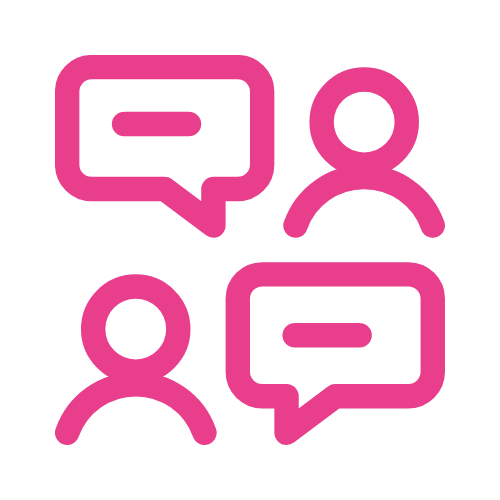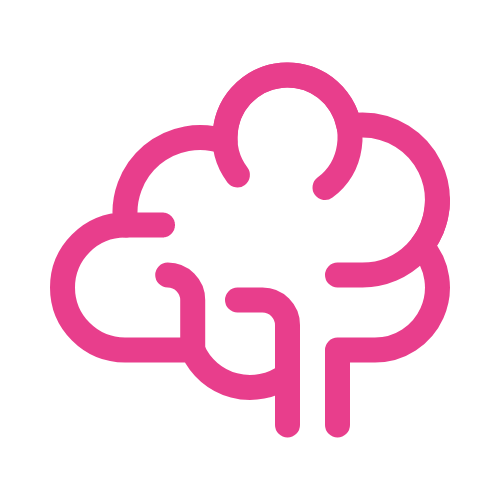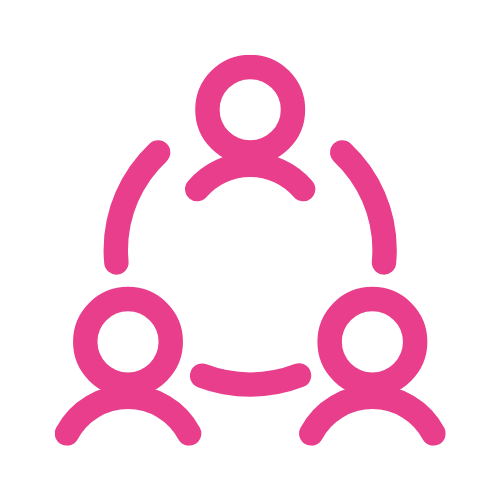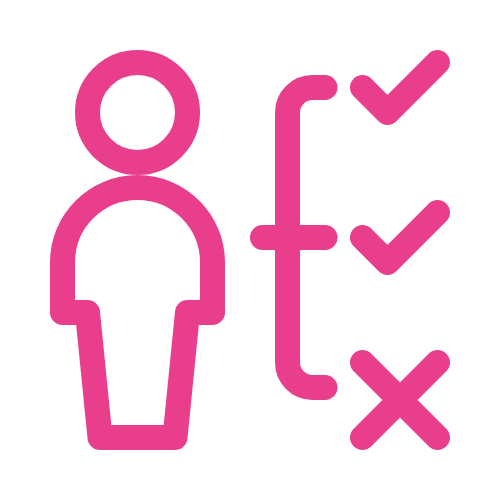Gamification Explained: Meaning, Benefits, Examples, and How to Use It in Business & Education
What is Gamification?
Gamification is the application of game design elements in non-game contexts to encourage participation and enhance user experience. This means using points, badges, leaderboards, stories, and challenges to make tasks more interactive and rewarding.
Key game elements include:
- Points and scores: Rewarding achievements and tracking progress.
- Badges and rewards: Recognizing milestones and accomplishments.
- Leaderboards: Adding a competitive edge.
- Quests and challenges: Guiding users toward goals in a fun way.
- Feedback and progress indicators: Helping users see how far they’ve come and what’s next.
Three Key Gamification Statistics
83%
of learners feel more motivated with gamified training compared to only 39% using traditional methods.
9 in 10
employees say gamification makes them feel more productive (89%) and happier (88%) at work.
40 %
increase in user engagement after adding gamified elements.
Why Use Game-Based Approaches?

Increase Motivation
Gamification taps into people’s natural desire for competition, achievement, and recognition, making them more motivated to participate.

Boost Engagement
Whether in a classroom or at work, gamified experiences hold attention better than traditional methods and encourage active participation.

Improve Learning and Retention
By turning learning into an interactive journey, people understand and remember information more effectively.

Foster Collaboration and Connection
Gamification can promote teamwork and create stronger bonds between participants, especially through shared challenges and goals.
Gamification in Education and Learning
Gamified learning makes lessons more interactive and boosts student engagement.
Examples include:
- Interactive quizzes and learning games
- Reward systems for completing tasks
- Story-based learning adventures
- Virtual badges for skill mastery
Gamification
in the Workplace
Game-inspired workplace strategies enhance employee onboarding, boost productivity, and drive long-term motivation.
Examples include:
- Sales competitions with leaderboards
- Points-based wellness challenges
- Interactive onboarding journeys
- Progress dashboards for professional development
Real-World Examples of Gamification
Here are some real-world examples of how leading organizations successfully use game-based approaches to boost engagement and drive results:
- Duolingo: Uses points, streaks, and levels to motivate language learners.
- Nike Run Club: Gamifies running with badges and challenges.
- Headspace: Uses streaks, progress tracking, and milestone badges to encourage regular meditation and build healthy mental habits.
- Seppo’s learning games: Create interactive, goal-oriented experiences that make learning fun and memorable.
Learn success stories from organisations, who have used a gamified approach.
Common Myths About Gamification
“It’s just for kids.” Gamification is effective for all ages – from children to corporate leaders.
“It’s only about fun.” While fun is important, the main focus is to drive behavior change and learning.
“It’s expensive and complicated.” Gamification can start simple and grow over time. Many approaches require minimal resources.
Whether used for employee training, customer loyalty, or educational engagement, gamification strategies deliver proven results.
How to Implement Gamification

Define clear goals
What behaviour or outcome do you want to encourage?

Choose the right elements
Points, badges, leaderboards, or stories? Select based on your audience and goals.

Make it rewarding
Ensure participants feel a sense of achievement.

Keep it simple and accessible
Avoid overly complex systems that discourage participation.

Gather feedback and iterate
Improve the experience based on user input.
Frequently Asked Questions
The main purpose of gamification is to motivate and engage people by making tasks more interactive and rewarding.
Yes! Gamification techniques have been shown to increase employee engagement and improve learning outcomes.
Almost any organization can benefit – from schools to global corporations.
Examples include point-based reward systems, digital badges for completing tasks, progress bars, sales competitions, wellness challenges, and learning apps that use levels and achievements to motivate users.
Begin by defining clear goals and desired behaviours. Choose the right game elements that align with your audience, make sure the experience is rewarding, and keep it simple. Collect feedback regularly to improve the program over time.
Yes! Gamification makes learning more interactive and enjoyable. It helps students and employees stay motivated, improves knowledge retention, and encourages active participation through challenges and rewards.
Success can be measured through increased participation rates, completion rates, improved learning outcomes, higher employee satisfaction, and feedback surveys. Metrics should align with your original objectives.
It’s Not Just the Future – It’s the Present
Gamification transforms how we learn, work, and interact by making experiences more engaging and rewarding. Whether you’re an educator, a business leader, or a training professional, gamification offers powerful ways to inspire and connect.
If you want to test gamification in action, you can trial Seppo for free.
Curious To Know More? Good!
Seppo helps you create training people actually want to finish. Book a free demo to see Seppo in action!

